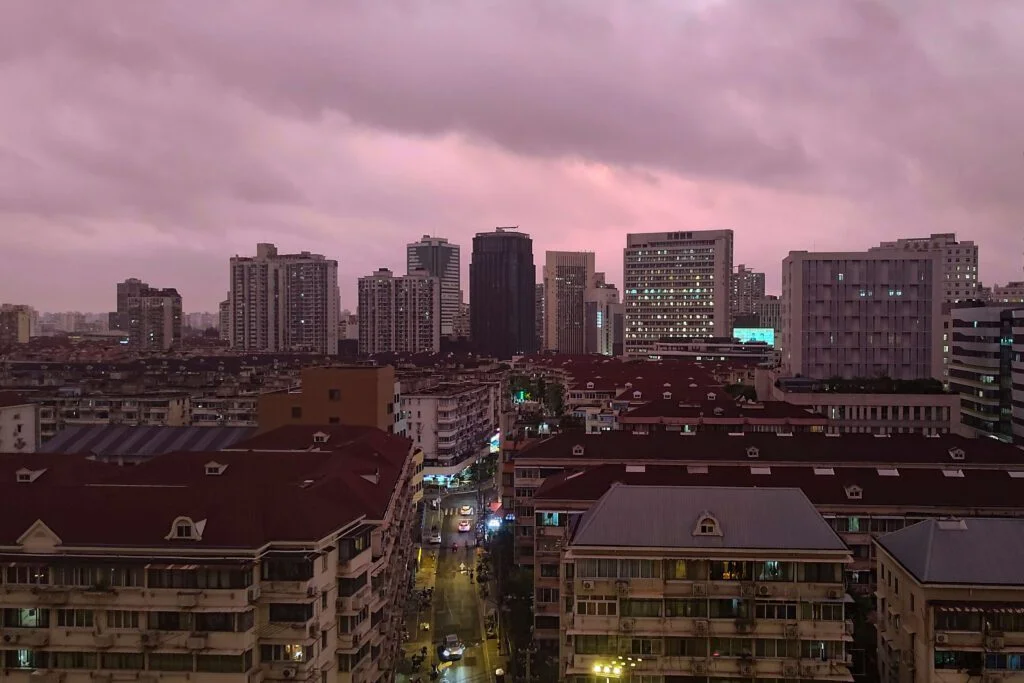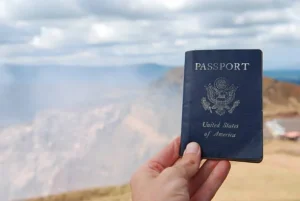Typhoon Bebinca, the strongest storm to hit Shanghai in 75 years, slammed into the city on Monday morning, forcing hundreds of thousands to flee. Shanghai authorities swiftly relocated over 400,000 people in the metropolitan area by Sunday evening, taking proactive measures to ensure safety.
Meanwhile, another 9,000 people were evacuated from the Chongming District, an island at the mouth of the Yangtze River. The city’s two main airports grounded all flights, and train services were canceled, causing widespread disruption.
Strong winds toppled trees and billboards as the storm intensified, causing hazardous conditions. People struggled to navigate flooded streets, and a bus screeched to a halt as a billboard collapsed onto the road.
Consequently, Typhoon Bebinca became the most-discussed topic on the Chinese social media platform Weibo, with users sharing their fears and experiences. Resorts like Shanghai Disney Resort and Jinjiang Amusement Park temporarily closed, and ferries halted operations.
As the typhoon moves inland, it is expected to weaken, but not before causing heavy rain and high winds in Jiangsu, Zhejiang, and Anhui provinces. Shanghai’s flood control headquarters received dozens of reports of incidents related to the typhoon, mostly fallen trees and billboards.
Furthermore, various sectors felt the storm’s impact, with businesses and schools shutting down. The Shanghai government urged residents to stay indoors and avoid travel unless necessary. With the city’s emergency services on high alert, residents hoped for a swift return to normalcy.










